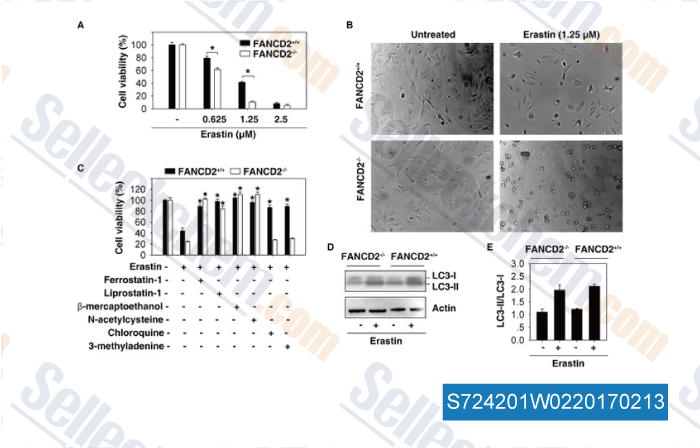

Initially, unfolded protein response is activated to alleviate ER stress and restore ER function ( Hetz, 2012 Rashid et al., 2015). Various physical and pathological stimulation could induce ER stress by disturbing homeostasis in the ER, such as a change in Ca2+ levels, aberrant post-translational modification, mutant or misfolded protein accumulation ( Sun and Brodsky, 2019 Bhardwaj et al., 2020). However it is unclear how N450Y mutant myocilin (MYOC)-induced ER stress impairs TM cells and whether N450Y mutant MYOC proteins are associated with the development of glaucoma in vivo. We and others have implicated that mutant myocilin protein aggregation induces ER stress and leads to death of TM cells ( Jacobson et al., 2001 Joe et al., 2003 Zode et al., 2015 Yan et al., 2020). Numerous studies using transgenic mouse models have demonstrated that WT myocilin is not necessary for IOP regulation ( Kim et al., 2001 Wiggs and Vollrath, 2001 Zhou et al., 2008 McDowell et al., 2012). The emerging role of wild type (WT) myocilin has been implicated in cell migration ( Kwon and Tomarev, 2011), osteogenic differentiation ( Kwon et al., 2013b), myelination ( Kwon et al., 2013a), cell proliferation, survival and differentiation ( Joe et al., 2014 Zhang et al., 2021) in non-ocular disease, but no clear consensus has been reached. However, the detailed molecular mechanisms of TM injury have not been elucidated.Īutosomal dominant inherited myocilin mutations reportedly cause 2–4% of POAG and most cases of juvenile onset open-angle glaucoma ( Sheffield et al., 1993 Stone et al., 1997 Kwon et al., 2009). In POAG, cellularity reduction and architectural alteration of TM have been observed, and are associated with aqueous humor outflow reduction ( Tripathi, 1972 Rodrigues et al., 1976 Alvarado et al., 1984). Dysfunction and loss of TM may impede aqueous humor outflow, thus causing IOP elevation. The trabecular meshwork (TM) primarily functions in regulation of aqueous humor balance to maintain normal IOP. Intraocular pressure (IOP) elevation is the major risk factor and reducing IOP is the only treatable strategy for POAG ( Rosenthal and Leske, 1980). Primary open angle glaucoma (POAG) is the most common type of glaucoma, characterized by progressive retinal ganglion cell (RGC) loss and visual impairment ( Quigley, 1999 Weinreb et al., 2014). Glaucoma is the leading cause of irreversible blindness and predicted to affect 112 million people globally by 2040 ( Tham et al., 2014). In summary, our studies demonstrate that activation of autophagy is correlated with pathogenesis of POAG. Consistent with our published in vitro studies, mutant myocilin fails to secrete into aqueous humor, causes ER stress and actives autophagy in Tg-MYOC N450Y mice, and aqueous humor dynamics are altered in Tg-MYOC N450Y mice.

Furthermore, we construct a transgenic mouse model of N450Y myocilin mutation (Tg-MYOC N450Y) and Tg-MYOC N450Y mice exhibiting glaucoma phenotypes: IOP elevation, retinal ganglion cell loss and visual impairment. Here we found that N450Y mutant myocilin induces autophagy, which worsens cell viability, whereas inhibition of autophagy increases viability and decreases cell death in human TM cells. However, it is unclear how ER stress leads to TM damage and whether N450Y myocilin mutation is associated with POAG in vivo. Previously we have found that accumulated Asn 450 Tyr (N450Y) mutant myocilin impairs human trabecular meshwork (TM) cells by inducing chronic endoplasmic reticulum (ER) stress response in vitro. Mutant myocilin causes glaucoma mainly via elevating IOP. Trabecular meshwork dysfunction is the main cause of primary open angle glaucoma (POAG) associated with elevated intraocular pressure (IOP). 2Collaborative Innovation Center for Brain Disorders, Beijing Institute of Brain Disorders, Capital Medical University, Beijing, China.1Beijing Tongren Eye Center, Beijing Ophthalmology and Visual Sciences Key Laboratory, Beijing Tongren Hospital, Beijing Institute of Ophthalmology, Capital Medical University, Beijing, China.Xuejing Yan 1,2, Shen Wu 1,2, Qian Liu 1,2, Ying Cheng 1, Jingxue Zhang 1,2* and Ningli Wang 1,2*


 0 kommentar(er)
0 kommentar(er)
